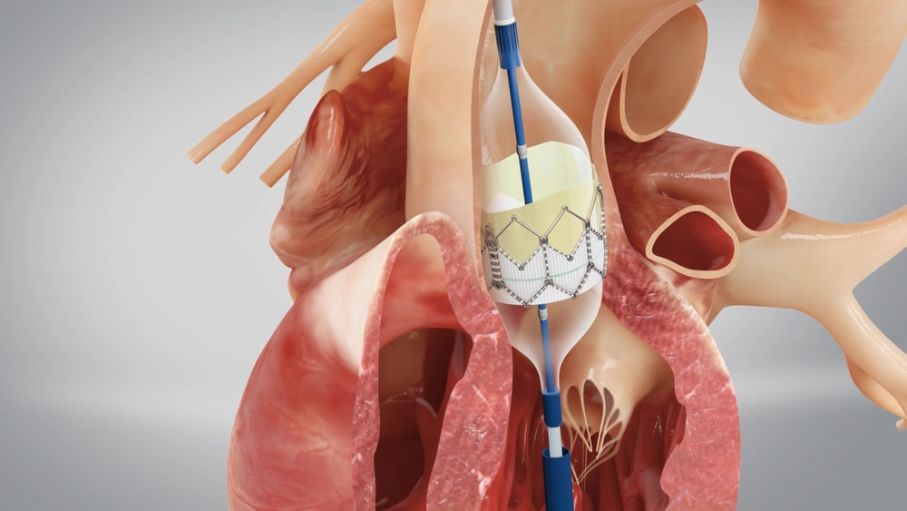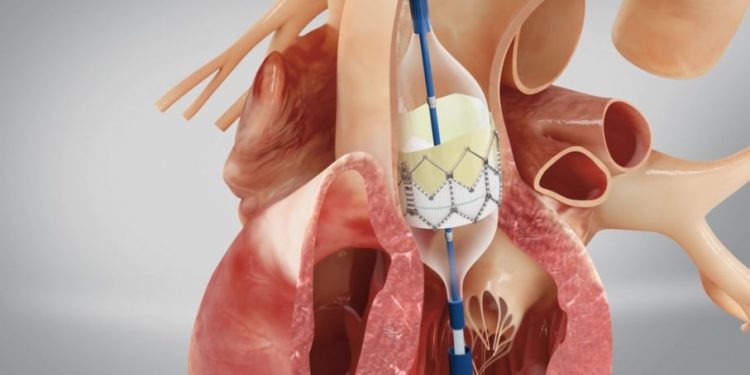Aortic valve stenosis symptoms include chest pain, dizziness or shortness of breath. In severe cases, these symptoms can become life-threatening and cause heart failure. They can also lead to heart rhythm problems (arrhythmias) and sudden cardiac death.
The first step in diagnosing aortic valve stenosis is to get a physical examination of your chest and neck. Your doctor may use a stethoscope to listen to your heart and check for a murmur that suggests a problem with the valve. Your doctor may also take a blood sample to measure how much calcium is in your blood.
Your doctor might recommend a test called an echocardiogram to find out what’s happening with your heart. An echocardiogram is an imaging test that uses sound waves to create a picture of your heart and its structure. If your doctor thinks you have aortic valve stenosis, she might also want to do an electrocardiogram (ECG) or cardiac CT scan.
When the heart pumps blood, it needs four valves to open and close properly so that blood can circulate throughout your body. These valves are positioned in different places to prevent backflow of blood and to allow the right amount of blood to leave your heart each time it beats.
Every day, your heart pumps about 2,000 gallons of blood to your body. This enables your organs to get the oxygen and nutrients they need for good health. The valves between your heart and the aorta, which carries blood to the rest of your body, can narrow over time because of a buildup of calcium in the leaflets of the valve or scarring of the valve cusps.

Aging is a major risk factor for developing aortic valve stenosis. It’s most common in people over 60. But it can happen in younger adults too. Radiation therapy, kidney disease and other conditions may also increase the chances of having this condition.
Your doctor will ask you about your medical history and lifestyle. He or she may also check your heart with a heart catheterization test, a procedure where a long, thin tube (catheter) is inserted into one of the main arteries in your body and guided to your heart. The catheter has a dye that flows through it to arteries in the heart so that your doctor can see how much pressure is inside each artery and where the stenosis occurs.
The doctor might also have you do an exercise stress test. This test involves walking briskly on a treadmill or riding a stationary bike while your heart is monitored.
If you have aortic valve stenosis, your doctor might recommend taking medication to help with the symptoms and reduce stress on your heart. Your doctor can explain what these medications are, how you should take them and when to take them.
Lose weight if you need to and keep your cholesterol and blood pressure under control, both of which can contribute to aortic valve stenosis. You should talk to your doctor about the right kind of diet and exercise for you based on your age, weight and other factors.









